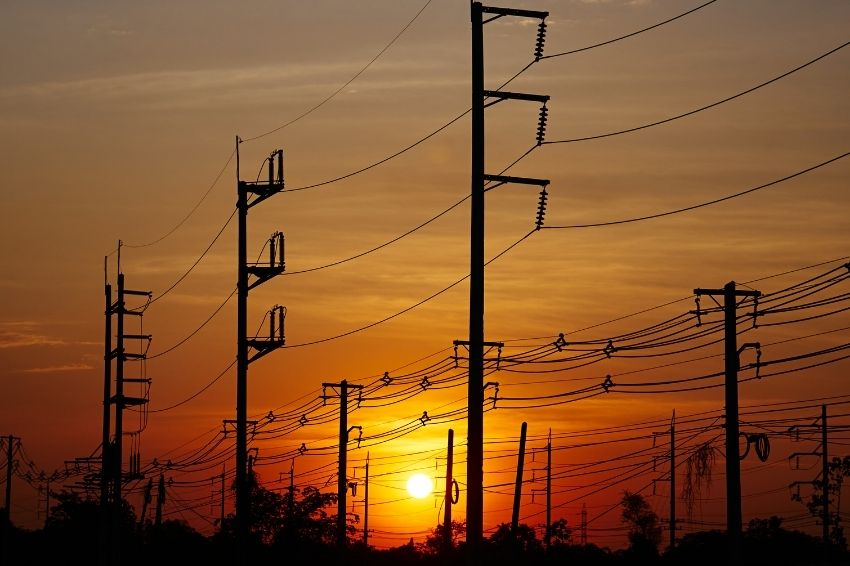The hydroelectric reservoirs in the Southeast and Central-West regions ended the rainy season with the lowest level of capacity in the last six years. On Monday (10), the reservoirs that supply the two Brazilian regions reached the mark of 33.7% of energy storage capacity.
The last time the volume was below this was in May 2015, when the level reached 34.6%. During that period, the extra fee on the electricity bill was in effect for 14 consecutive months. Because of this, the expectation is that, once again, the Brazilian consumer will pay for the additional cost of thermal generation until the end of the year, according to information from Folha de S. Paulo.
Aiming to save water in hydroelectric reservoirs, the CMSE (Electric Sector Monitoring Committee) authorized the ONS (National Electric System Operator) to use all available resources, without limiting the amounts and associated prices. The trend is for reservoir capacity to reach 32.3% by the end of the month.
Earlier this week, in a conversation with supporters, outside the Palácio da Alvorada, President Jair Bolsonaro said that Brazil is going through the biggest water crisis in its history and that the worst is yet to come. According to him, the rains forecast for the month of March were below expectations, which made the scenario even worse. “We have a serious problem ahead of us. We are experiencing the biggest hydrological crisis in history. Electricity. You're going to have a headache. A shock, right? Biggest crisis we know of. We were more unlucky,” he said.
Since mid-April, experts have been warning about the risk of shortages caused by the lack of rain. In the first quarter of 2021, the rainfall in the region that supplies the Cantareira System, in São Paulo, for example, was the lowest since the end of the last water crisis, in 2016.
Investments in renewables
In the opinion of Carlos Evangelista, president of ABGD (Brazilian Association of Distributed Generation), in addition to the lack of rain, the current scenario also reflects the lack of investment in renewable sources. “The use of renewable energy could help a lot. Firstly, because if we used other energy sources we would keep reservoir levels higher. It's as if we were, in quotes, saving water. And, secondly, because by injecting clean and renewable energy into the grid, we could eliminate some of the thermal energy, which is polluting and much more expensive”, he explained.
Read too: Solar energy proves to be a solution to the water crisis
The executive also reinforced that it is past time for the country to be inspired by the strategies that have been adopted around the world and start investing in renewables. “Brazil, which has a clean electrical matrix, is doing the opposite of the world. We have a clean matrix and we are getting dirtier. The whole world is migrating to renewables, the famous energy transition”, he highlighted.
Tariff flags
At the beginning of the month, ANEEL (National Electric Energy Agency) activated the use of red flag 1 in the month of May, with a cost of R$ 4.16 for every 100 kWh consumed. The measure was taken due to the dry period and the absence of rain in some regions of the country.
“This situation signals an unfavorable level of production by hydroelectric plants and a high need to activate the thermoelectric park, putting pressure on costs related to hydrological risk (GSF) and the price of energy in the short-term market (PLD). The reconciliation of these indicators led to the activation of level 1 of the Red Flag”, informed the Agency.
Since 2015, ANEEL anticipates part of the costs of thermal plants through the monthly charging of tariff flags on the electricity bill. The objective is to inform consumers about the increase in costs and allow them to reduce energy use.
Currently, there are three colors for the flag system: green, yellow and red. The first is used when reservoir levels are high and there is no need to use thermal plants. The others are activated, respectively, when reservoir levels are below ideal and when they require thermoelectric plants.
It is worth remembering that flags are not the only mechanism for passing on the high cost of thermal plants. They anticipate this cost to signal to the consumer that the product is scarce. However, part of the extra expense is paid for in the energy distributors' tariff review, which takes place during the year.















